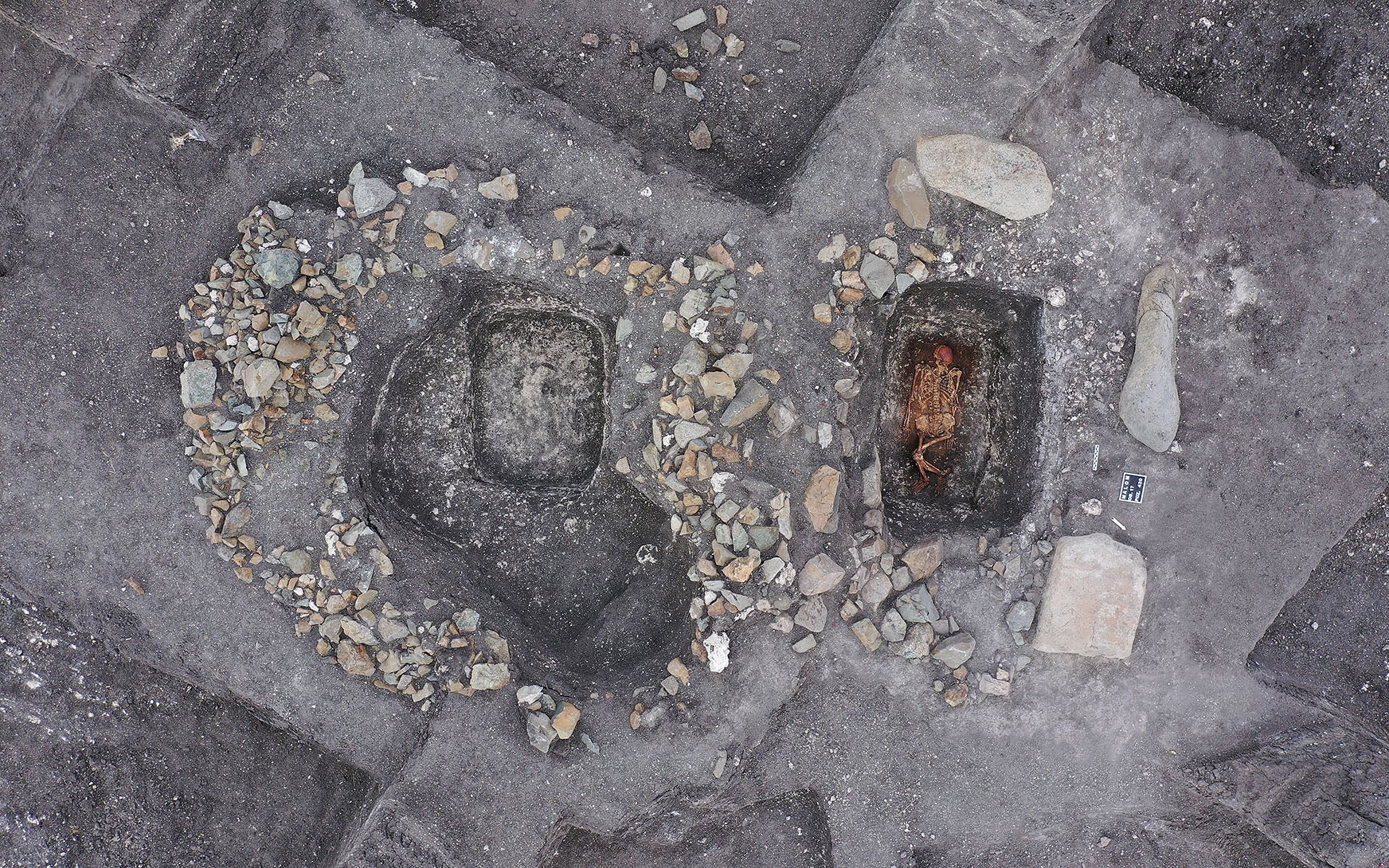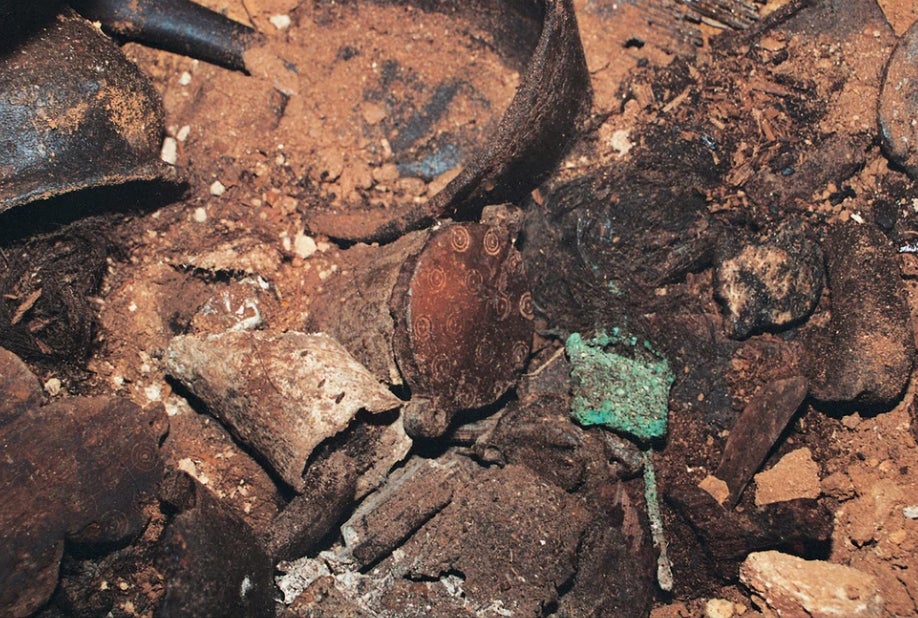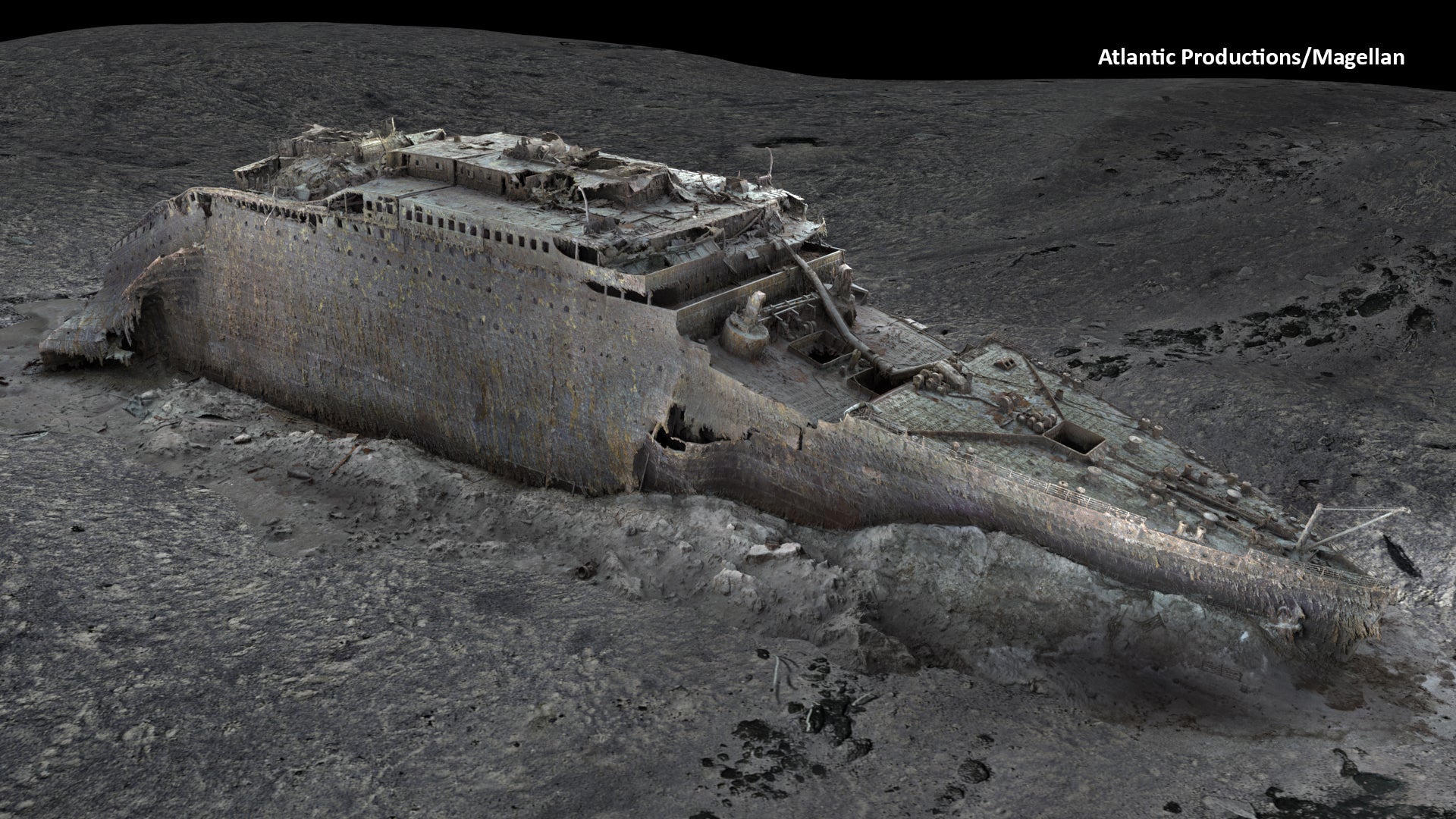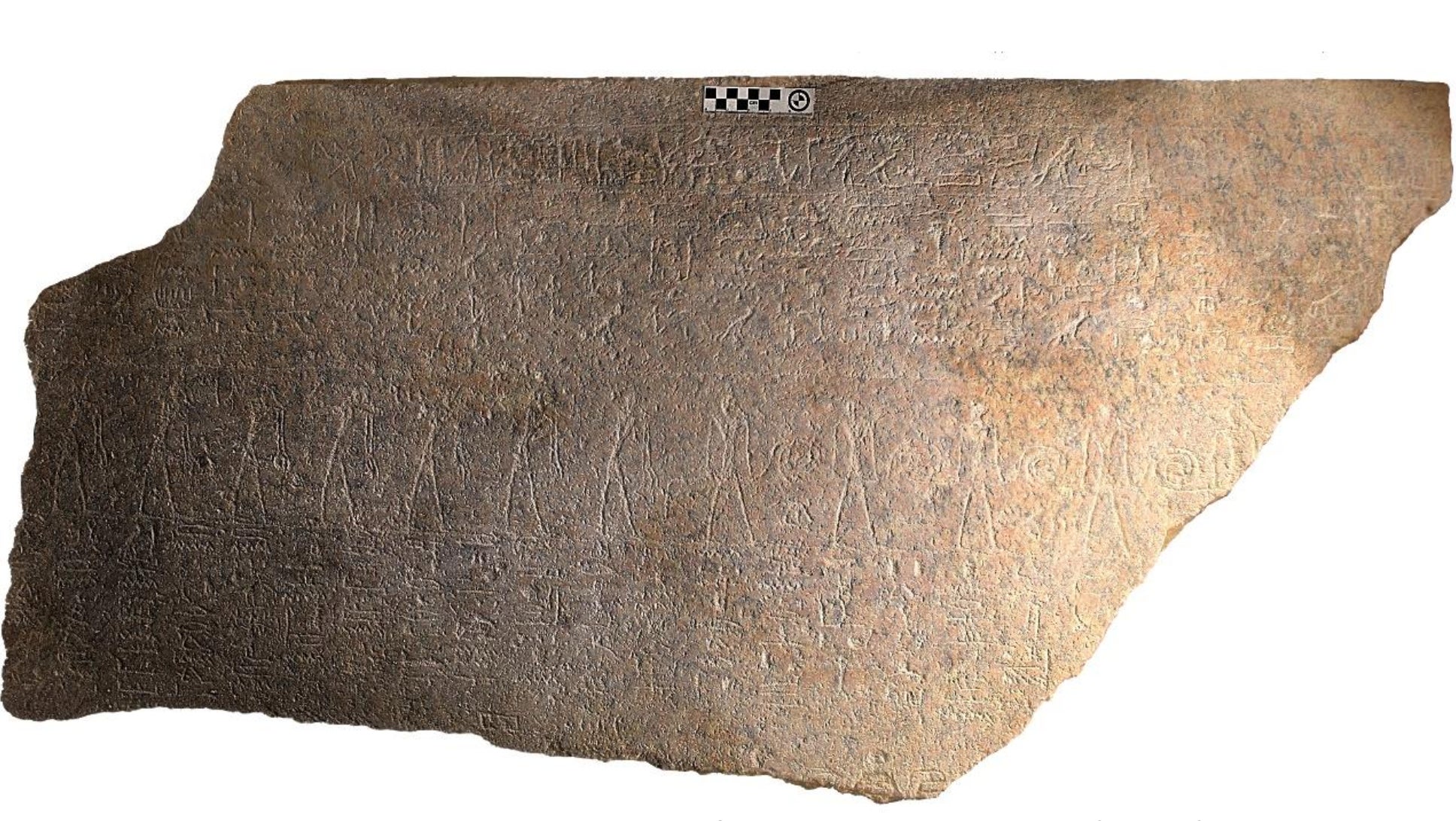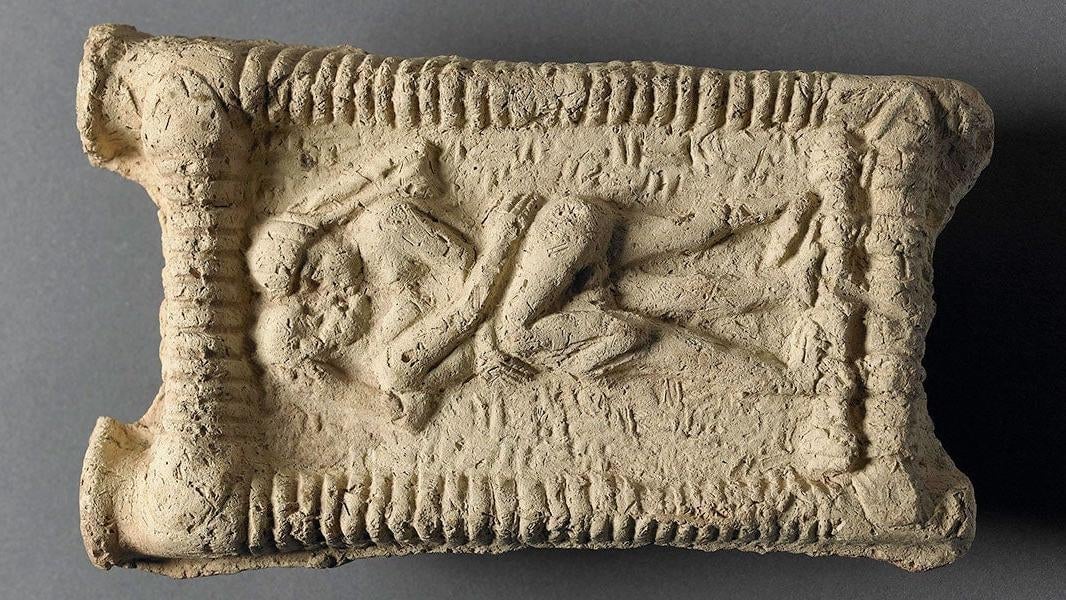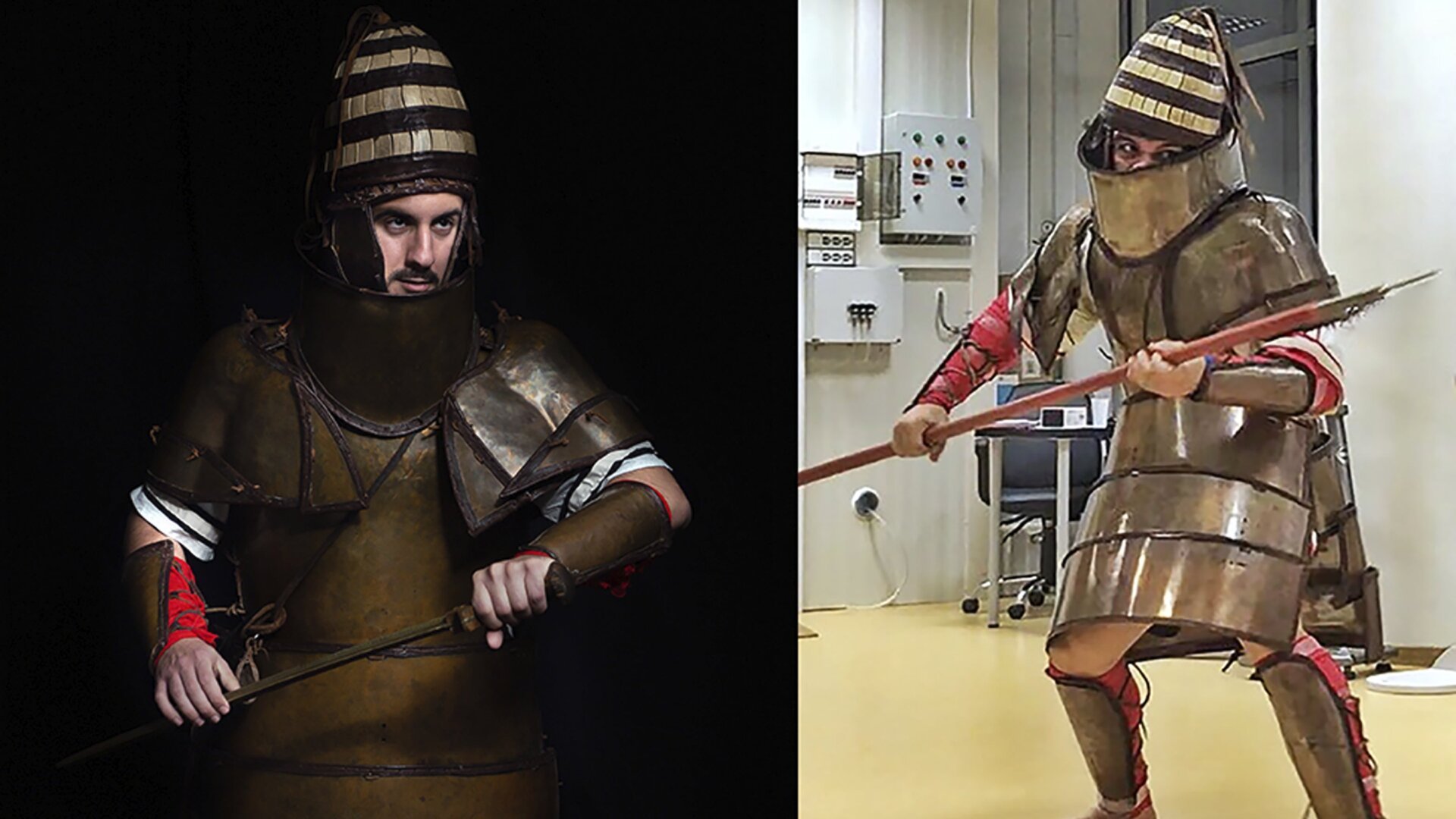The earliest evidence of horseback riding may predate horse-drawn chariots by as much as a millennium, according to new research. Analysis of skeletal remains from 5,000-year-old burial mounds, known as kurgans, reveals compelling signs of equestrian activity among the Yamnaya people, a Neolithic pastoralist group. This discovery bridges a crucial gap in our understanding of human-horse interaction, falling between the first signs of horse domestication (around 5,500 years ago) and the emergence of horse-drawn chariots (4,000 years ago). The study, published in Science Advances, sheds light on the significant role horses played in the lives of these ancient people.
Researchers examined five Yamnaya skeletons unearthed from sites in Romania, Bulgaria, and Hungary, along with a larger sample of over 200 previously studied skeletons from 39 sites across southeastern Europe. Their analysis focused on identifying specific skeletal markers associated with habitual horseback riding. These markers include distinct muscle attachment points in the legs, alterations in the shape of the hip sockets, vertebral degradation from repetitive up-and-down motion, and evidence of trauma potentially caused by falls, kicks, or bites from horses.
Among the five Yamnaya skeletons, along with 19 others from the broader sample, these telltale signs of horseback riding were observed. “They do not display any deformations, only slight stress adaptations and minor degenerative joint afflictions,” explains Martin Trautmann, a bioanthropologist at the University of Helsinki and the study’s lead author. “In total, Yamnaya people show an overall exceptionally good health status.” These physiological adaptations, while indicative of regular horse riding, wouldn’t have been visually apparent in the individuals’ appearance during their lifetime.
Previous studies of horse remains in southeastern Europe offer clues about the type of horse these ancient riders may have used. “They were of course closer to the now-extinct wild horse type, which looked similar to Przewalski horses—so, medium small, stocky, with broad chests and thick necks,” Trautmann notes. This description suggests a horse similar in size and build to the pony-sized warhorses of medieval Europe.
Because riding equipment from this period, such as bits and ropes, was made from perishable materials, analyzing human remains for signs of riding can be more insightful than studying horse remains or searching for associated artifacts.
One remarkable finding involved a 6,300-year-old skeleton from Hungary. This individual exhibited four of the six riding pathologies, suggesting horseback riding possibly a millennium earlier than the Yamnaya culture. While a single case doesn’t provide definitive proof, “in Neolithic cemeteries of this era in the steppes, horse remains were occasionally placed in human graves with those of cattle and sheep, and stone maces were carved into the shape of horse heads,” adds David Anthony, an anthropologist at Hartwick College and Harvard University.
Recent genetic research has tracked the spread of the Yamnaya culture into the Southern Arc, connecting southeastern Europe and West Asia, and even into the Junggar Basin of northwest China. Incorporating evidence of early horseback riding into the Yamnaya narrative may help explain human migration patterns during the Neolithic period.
While DNA analysis helps us understand the lineage of modern wild horses, studying horses in the human archaeological record provides valuable insights into our shared history. This research highlights just how integral horses were to these ancient societies, even beyond their later use in chariots.



